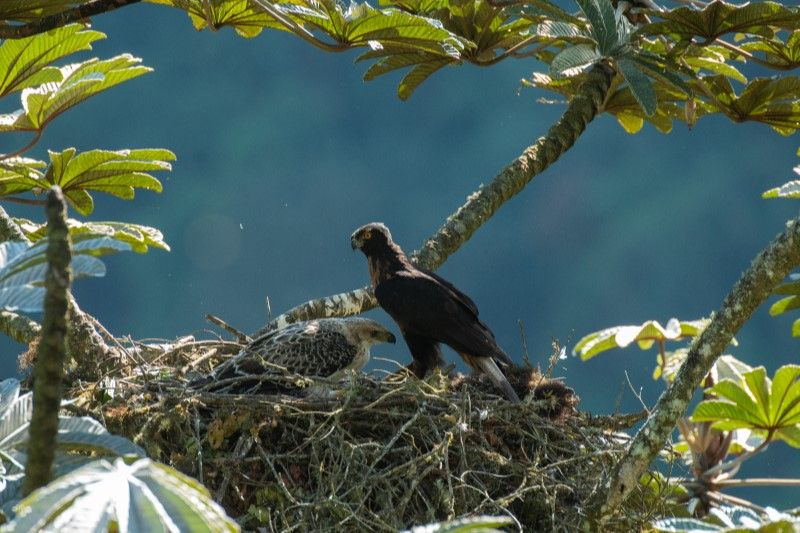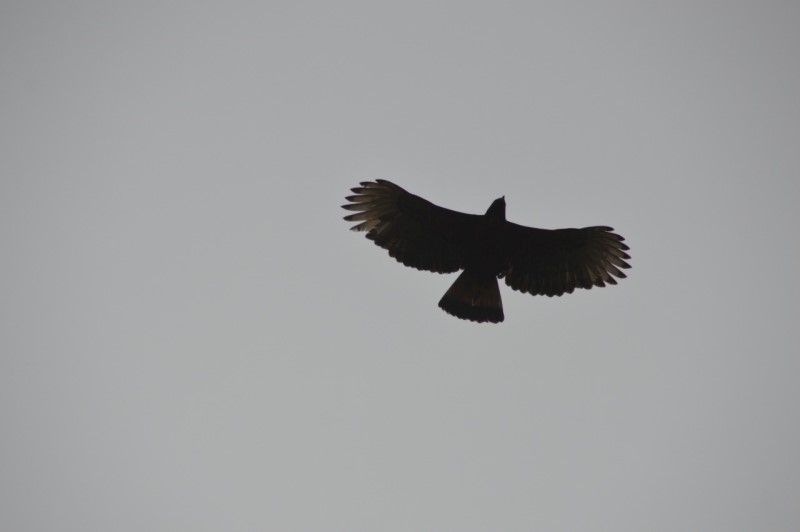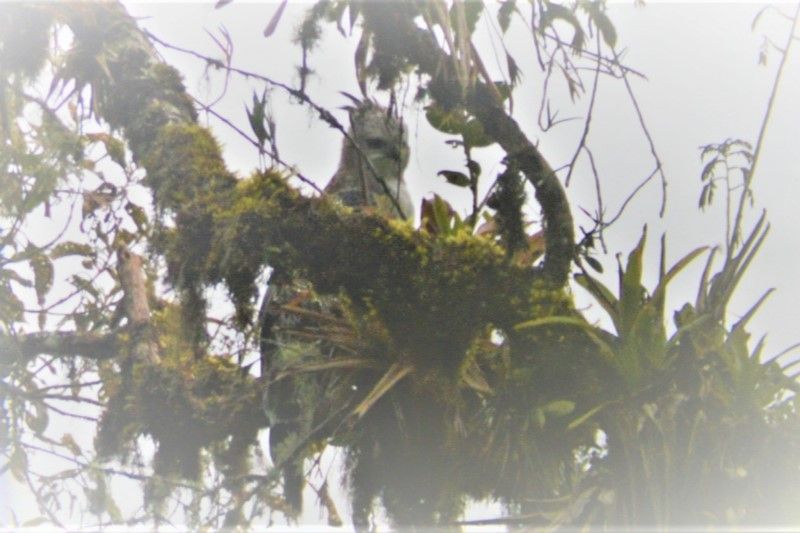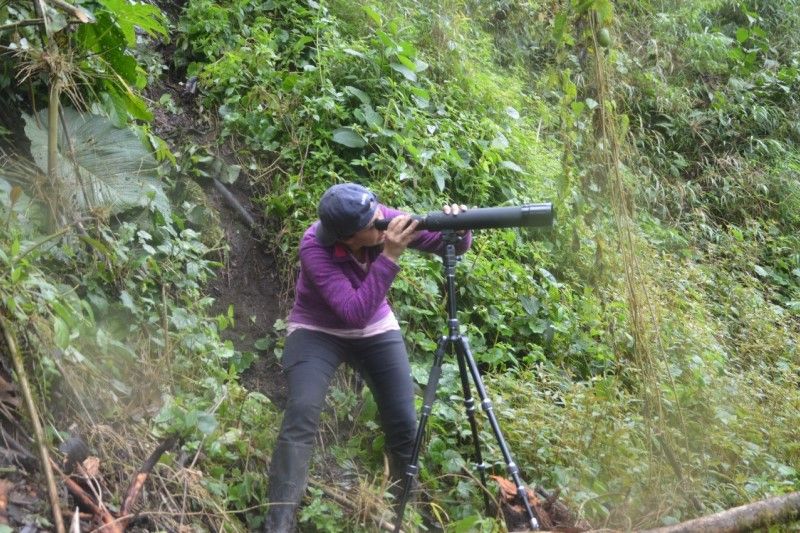Ecuador’s eagles: protecting the kings of the air in the Andes

With fewer than 1,000 birds remaining, and possibly as few as 250, black and chestnut eagles are unable to survive without intervention
Black and chestnut eagles on the edge
Black and chestnut eagles make their homes in the forested mountain slopes of the tropical Andes. With a wingspan of almost two metres, these magnificent birds are one of the largest raptors in Latin America.
Yet black and chestnut eagles are also one of the least studied species – partly because of their remote, mountainous habitat. But we do know that they’re increasingly threatened. The ongoing fragmentation and destruction of tropical montane cloud forest from unsustainable agriculture, development projects such as road building, and severe threats from extractive industries, mean the eagle’s habitat has been declining rapidly for many years. We also know that human/eagle conflict is a major problem. As their forest habitat is destroyed, eagles are more likely to take poultry from smallholders, meaning persecution of the eagles becomes more common.
With fewer than 1,000 birds remaining, and possibly as few as 250, they’re unable to survive without intervention. Maintaining and creating ecological corridors is critical. As is working with local communities to protect each and every nest site. Ensuring suitable habitat is protected and connected is essential to their survival.


Interventions to increase numbers
Over the last couple of years, our partners at Rainforest Concern, who we’ve supported in their successful efforts to bolster Andean bears through increasing protection of Neblina Reserve, have seen eagles nesting in trees close to the reserve. Neblina, a cloud forest reserve in the northwest of Ecuador, now has greater protection from threats than ever. But sadly, the trees surrounding the eagles’ nest just outside the reserve were unwittingly cut down.

Thankfully, in late 2021, the team, including Tashkin Meza, Sonja Dillman and primary forest guard Milton Arcos, found a nest with a juvenile and its parents within the reserve itself.
With so few eagles left, interventions can have a significant impact on protecting existing populations. With advice and support from raptor specialists, the team will spend two years studying the eagles, observing their habits, including learning more about their flight paths and favoured prey. They’ll also search for evidence of other eagle nests in the vicinity and set up observation posts to closely monitor them.
With all the information they collect, they’ll be able to develop protection strategies to ensure the eagles remain in the reserve and safe in the surrounding landscape. The team will work with the local community and their leaders, to educate and raise awareness about black and chestnut eagles, improving local attitudes, and creating a community protection plan with them to help the species survive in the wider landscape. The data collected will also be used by the Ecuadorian Ministry of the Environment to help create a national black and chestnut eagle conservation plan.
Since black and chestnut eagles are an umbrella species, protecting the eagles will ensure the wider protection of the cloud forest ecosystem that they’re part of.
This project is only possible thanks to our generous donors. Can you help by donating today?
Header image credit Murray Cooper
